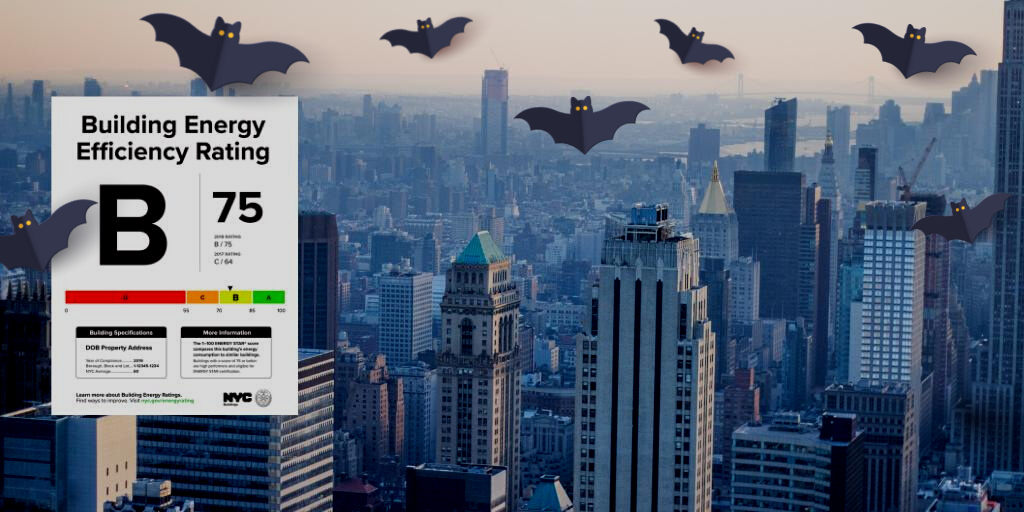Parking. It’s not something you really think about until you find yourself driving in circles to find a parking spot. Contrary to what most of us might think, there is actually an overabundance of available parking in the United States—to the tune of approximately two billion parking spots (yes, that’s billion with a “b”). But that number is about to change, which will reduce that number over time. It’s all about “parking minimums” that became part of zoning codes enacted almost 100 years ago. Now, these parking minimums—or parking mandates—are being rolled back, thus loosening the reins on developers and paving the way for new mixed-use projects.
A drive back in time
To understand the theory behind lifting parking mandates, we must first take a quick ride back in time to when it all began. In the 1920s, off-street parking sprang up around cities and towns as car ownership increased. By the post-war era, the infatuation with the automobile prompted the federal government to open highways and enact zoning codes. These codes included parking minimums to ensure that Americans would always have a place to park. At that time, the rule was one parking space for every 300 square feet of a commercial building (or one space per apartment). One century later, those numbers have increased to nearly seven parking spaces for every car. Even more surprising is how in some states that number jumps to 19 or even 27 spaces per household!
Paying the price
Yes, it’s true. Americans love their cars. But at what price? Today, the average cost of a parking spot in a basic standalone parking structure costs approximately $28,000—and that does not include the land it’s built on. And in New York City, that number jumps exponentially up to $150,000 per space in an underground parking garage. This is a massive financial hit to developers who must allocate additional parking funds for their projects. And let’s not forget the sea of empty parking lots that continue to crop up across American cities due to post-COVID-19 remote and hybrid work arrangements, among other factors.
The bottom line is that parking mandates encourage driving and car ownership—which creates the need for more parking. And the bigger price to pay from these mandates is that neighborhoods become less livable and walkable. People are forced to use cars to get around.
Here are some other ways in which parking mandates hinder the socio-economic health of cities and towns:
- By pushing locations further apart to accommodate large areas of asphalt, cities are expanded. This in turn leads to more driving and the need for more parking.
- Traffic congestion and carbon emissions increase.
- By binding land developers to allocate precious real estate for parking, the cost to tenants and customers increases.
- More parking lots mean less space for the development of affordable housing and infrastructure for bicyclists, pedestrians, and other modes of transportation.
Refashioning spaces for mixed-use projects
The movement to ease up on parking mandates is gaining momentum across the country. Developers are now making allowances for fewer spaces than the minimums require, and the mandates are actually gone for good in some areas of the country. Stretches of vacant asphalt are now being refashioned and transformed into affordable housing, which is a huge leap forward in the attempt to tackle the ongoing shortage crisis. By reducing or eliminating parking mandates, developers can now use more land to build smaller apartment complexes—and without having to worry about setting land aside for parking. And where other vacant lots are concerned, beautiful spaces are being created that are not only good for the community but beneficial to the environment.
Here are some added side benefits to the lifting of parking mandates in communities:
- Landscaping with plants has played a key role in fending off flooding, which is a common problem in asphalt parking lots—not to mention the reduction of heat radiation.
- Vacant lots are being transformed into beautiful parks for members of the community to enjoy.
- Solar panels are being chosen as a source to provide power.
Seeing a positive change
The trend of designing cities around people and not parking is catching on in a big way. Consider these research results: Seattle, WA ended parking minimums in 2012, as did Buffalo, NY in 2017. Both cities have witnessed an increase of 70 percent in the development of new homes. This kind of progress would never have happened under the previous parking mandates. Last year, California became the first state to end parking minimums under specific legislation. And, according to the Parking Reform Network, cities such as Raleigh, NC, Anchorage, AK, and Lexington, KY are among 11 locations that ended minimum mandates last year. As for 2023, four more cities have ended their parking mandates, including Richmond, VA, which now puts this power in the hands of property owners for determining their parking needs.
Do you have questions about the parking mandates in your city? Check out this map on the progress of national parking mandates.
We invite you to connect with us today to learn more about our services in the New York area, as well as throughout the U.S.







